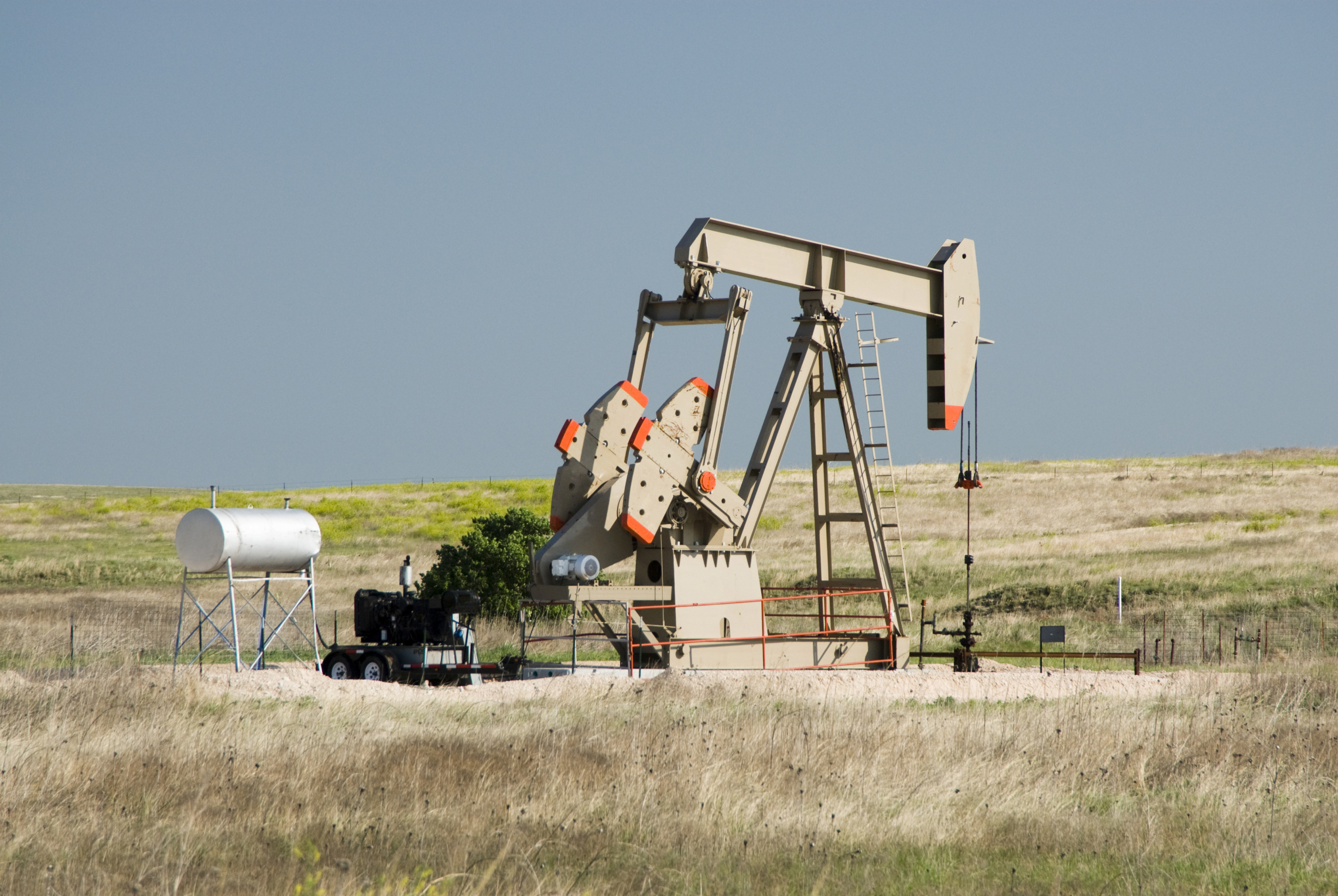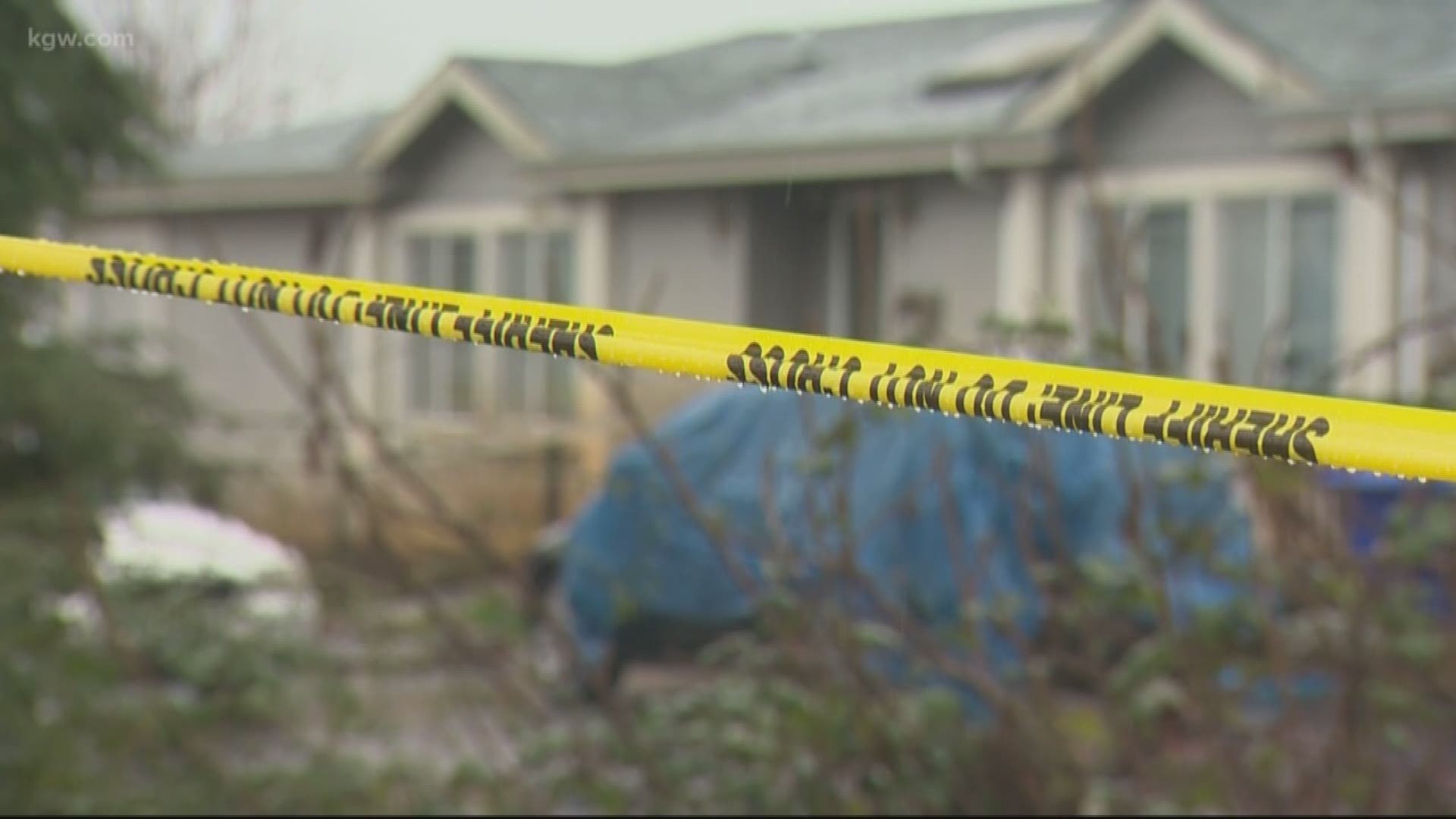Oil prices have rallied lately, but not enough to convince U.S. oil producers that hard times may be over soon.
That’s evident in shale regions like North Dakota that have driven a resurgence in U.S. oil and natural gas production over the last few years.
![635987506652930065-ThinkstockPhotos-92269241.jpg [image : 84341260]](http://www.gannett-cdn.com/media/2016/05/13/USATODAY/USATODAY/635987506652930065-ThinkstockPhotos-92269241.jpg)
Lynn Helms, the director of the North Dakota Department of Mineral Resources, told reporters the other day that producers won’t begin to ramp up activity until they see oil prices holding steady at more than $40 a barrel for 90 days or so.
![Winter of discontent for oil and gas producers [oembed : 84341774] [oembed : 84341774]](/Portals/_default/Skins/PrestoLegacy/CommonCss/images/smartembed.png)
“We’ve got one month under our belt above $40 WTI, but really a couple of months to go before confidence is there to start mobilizing crews and putting wells back into production,” Helms said, referring to West Texas Intermediate, the U.S. benchmark for oil prices.
North Dakota’s oil production was down 1%, or 9,846 barrels a day, in March compared to February. The total of 1,109,246 barrels a day wasn’t all that bad, considering that Helms expected a much bigger fall-off.
Just a few days before, Helms was braced for a March report that would show the state’s oil production below 1.1 million barrels a day, which he called a “fairly significant milestone” in terms of state expectations for revenue from drilling.
“But we had some operators who came in with amended reports and later reports with some significant production increases, and that put us back above that 1.1 million barrels,” he said. “That’s pretty good news even though our production declined about 10,000 barrels a day.”
Like the U.S. as a whole, North Dakota, the nation’s second biggest oil producer, has seen its oil output tumble over the past year or so, though not as much as some analysts might have expected.
The high point for oil production in the Peace Garden State was more than 1.2 million barrels a day in December 2014, six months after oil prices began a swoon that has driven them down 60% or more since then.
The state’s March production marked a drop of about 10% since that record was set.
While production numbers were better than anticipated, other indicators of oil development in North Dakota suggest the worst is yet to come for operators in a remote state where oil sells at prices below the national average because of the cost of shipping it to markets.
As Helms spoke Thursday, the price for North Dakota oil was $33 a barrel, substantially less than the $46.70 price for WTI. The all-time high for oil prices in North Dakota was $136.29 in July 2008.
Among the worrisome factors for Helms is the drilling rig count, which stood at 27 last week, the lowest level since July 2005, when it was also 27. The peak for the state rig count was 218 in May 2012.
Other low points in Helms’ report were estimates of the number of wells that have been hydraulically fractured, but not yet completed, which stood at 920 in March, up 13 from February’s count, and inactive wells, which totaled 1,523 in March, or 84 more than the previous month.
“I keep expecting the type of production declines we saw in December and January,” when output was down about 30,000 barrels a day each month, Helms said.
The recent uptick in oil prices, due largely to unexpected supply outages in Canada, Ghana and Nigeria, may have “strengthened people’s resolve a little bit,” he said.
“But as we keep seeing higher and higher inactive-well counts, and increasing uncompleted-well counts, we really should be seeing those kinds of . . . production declines like we saw in December and January. So, I continue to wait for that shoe to drop,” he said.
As for the milestone number for overall oil production, Helms observed, “I still think we may well be looking at 1 million barrels a day, or something below that, by the end of the year.”
Bill Loveless — @bill_loveless on Twitter — is a veteran energy journalist and television commentator in Washington. He is a former host of the TV program Platts Energy Week.


